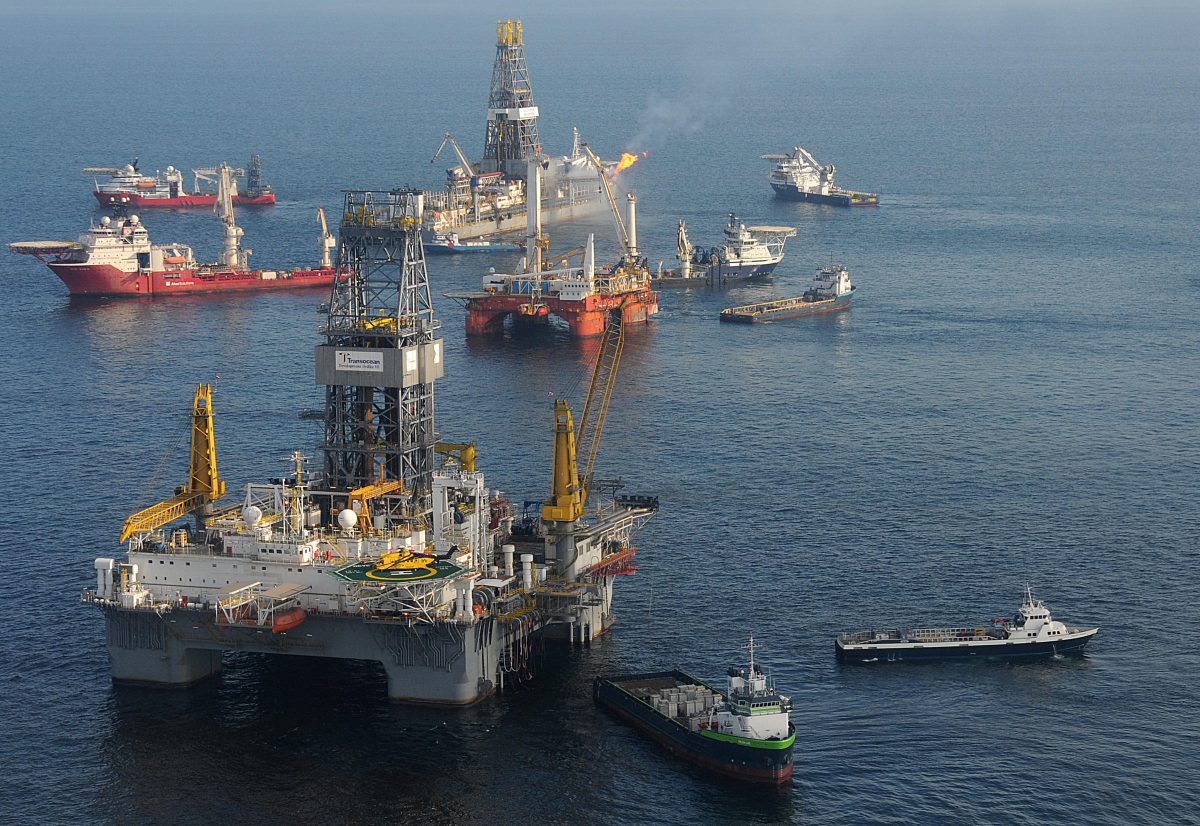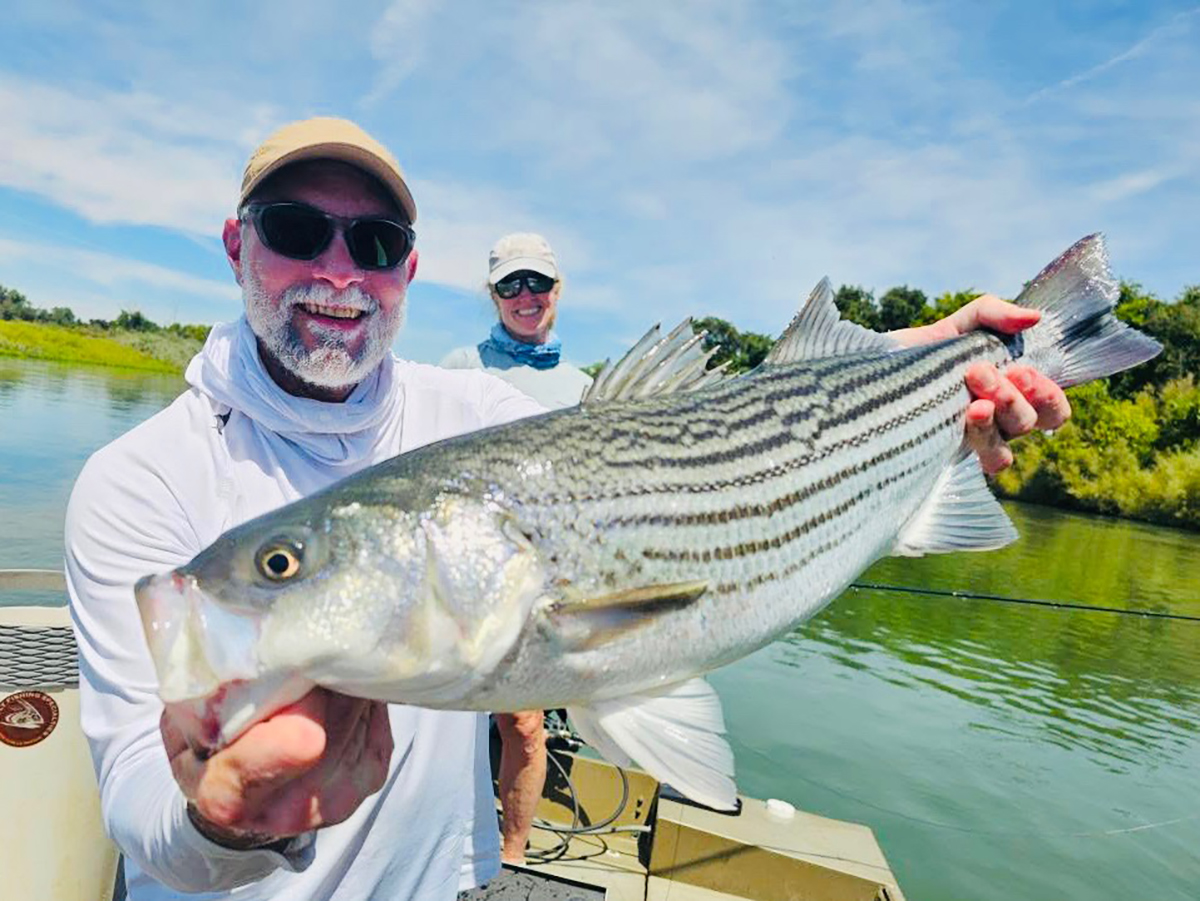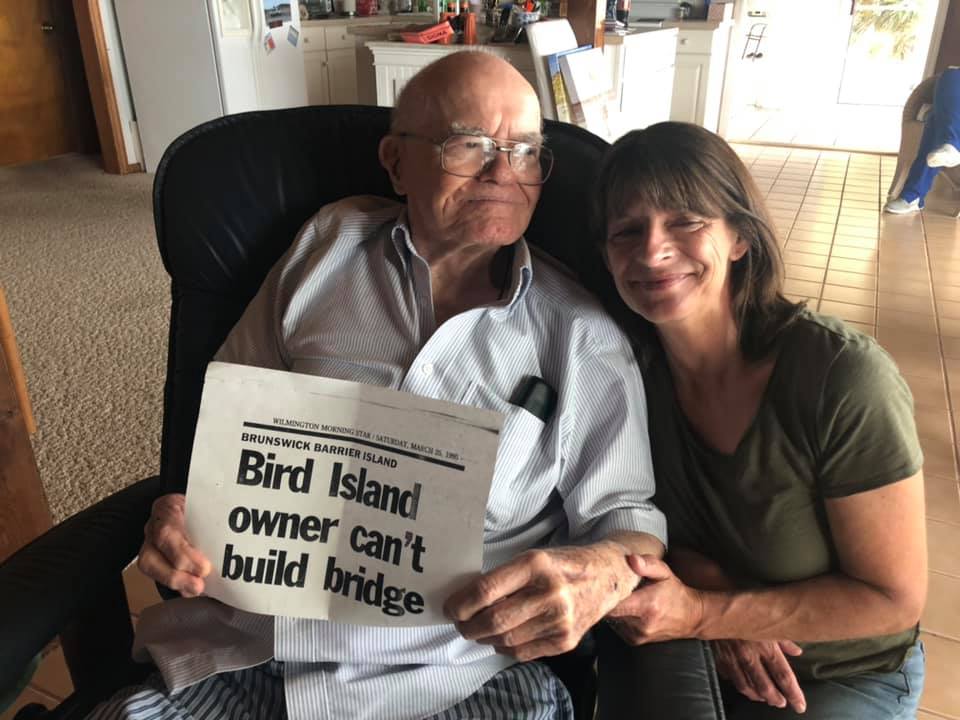
This time of year always makes me think of my coastal hero, a man with great passion for the coast who showed me early on the true impact people can make when they care deeply for a cause. I was sad to lose my hero earlier this summer. Frank Nesmith, known to many as “the Mayor of Bird Island,” passed away peacefully at his home in Sunset Beach in mid-July. He was 93. His daughter Lynn let me know that a great blue heron took flight from the marsh outside his window the moment he died.
Frank loved herons and all the creatures and habitats of Sunset Beach and Bird Island. He spent decades passionately exploring the beaches, dunes, coastal flats, marshes and maritime forests of this coastal paradise in Brunswick County.Supporter Spotlight
Frank also did something pretty special back in the ’70s that still touches people of all ages today. He and friend Claudia erected a mailbox at Bird Island and named it Kindred Spirit. It was a place people could visit and write their thoughts and feelings both happy and sad in journals for all to see. People have been making the half-mile walk to the mailbox for decades and its popularity has grown with every passing year.

Back in 1992, Frank’s Kindred Spirit mailbox and the integrity of Bird Island were threatened by plans for a bridge, causeway system and houses to be built on the Island. He was determined to not let that happen and quickly turned his passion into outreach and advocacy, setting out on a mission to save the island from development.
I was so fortunate to be a part of his mission, having been newly hired by the North Carolina Coastal Federation in the early ’90s when we spearheaded the campaign to save Bird Island. I will always remember the phone call I received from a man named Bill Ducker first alerting the federation to the proposed development. Bill’s house at Sunset Beach overlooked the beautiful island that was slated for bridge and home construction.
Federation Director Todd Miller and I quickly made the three-hour trip from Carteret County down to Sunset Beach to meet with Bill, Frank and other wonderful local residents upset by the development proposal. That first encounter led to the formation of the Bird Island Preservation Society that consisted of a group of local residents, the federation, the North Carolina Coastal Land Trust, Audubon North Carolina and Sunset Sea Turtle project, all of whom worked tirelessly and collectively over a decade to save the Island.
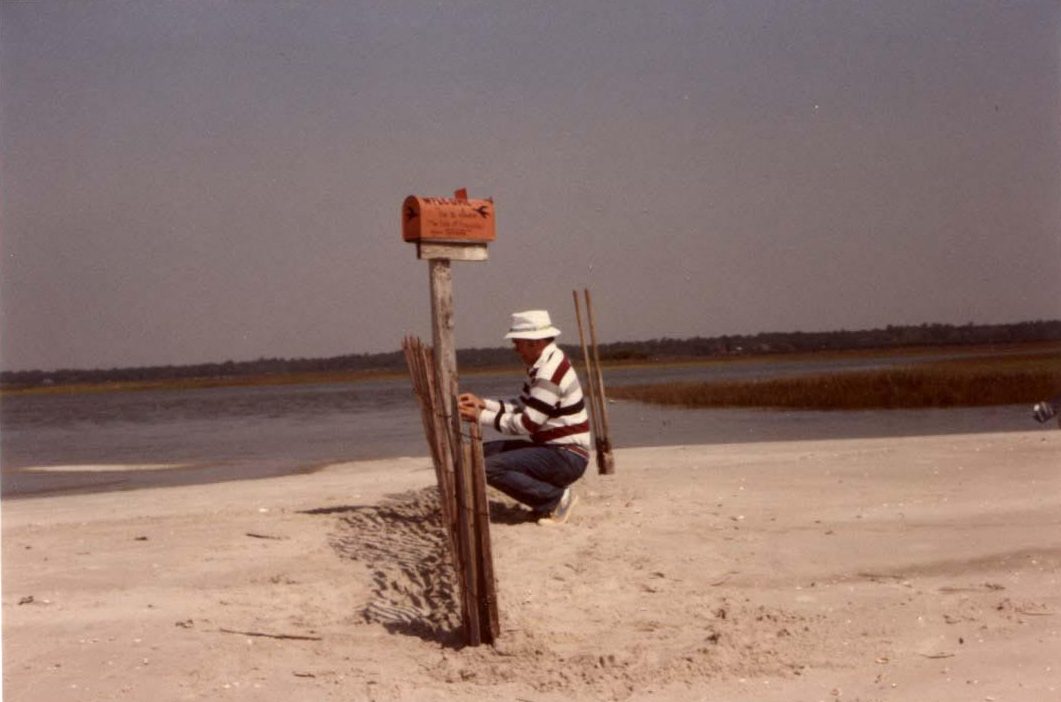
We met monthly and organized ourselves on several fronts. Frank’s niece created a Bird Island Preservation Society logo for the group. We used it on stickers, T-shirts, brochures and banners. Todd began analyzing every word in federal, state and local policy that we could possibly use to show how the development was inconsistent with laws and rules and should be denied. And Frank? Well, he led educational walks to the island and lots of them.
Supporter Spotlight
Residents and summer visitors joined Frank each Wednesday for educational walks to Bird Island. He talked about the plants and animals that were being threatened by the proposed development and the fact that it really was a bad idea to put a bridge over dynamic Mad Inlet so that houses could be built and folks could drive to them. His following grew and grew, kind of like Forest Gump’s following when he begins running toward the end of the movie. Unlike Forest Gump, Frank was running with a purpose and that was to save Bird Island. He led tours in the sweltering August heat and dodged pop-up thunderstorms along the way to reach as many people as he could to ignite their passion for the island.
It worked, and hundreds of people began signing petitions, writing letters and sending in contributions to the cause.
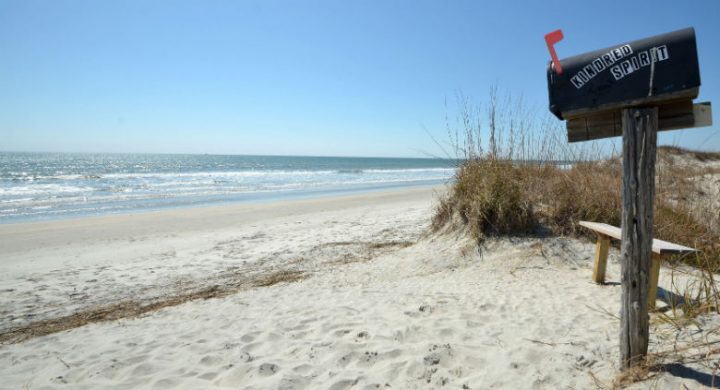
In addition to the walks, I will always remember one event in particular that we organized early on in the Save Bird Island campaign. It was a boat tour, a parade of sorts, in September 1992, and Frank was the grand marshal. We organized this in the early years of our fight to bring attention to the proposal and dynamic nature of the barrier island. The waters were shallow, so we used a half-dozen skiffs to take local media, then-state Rep. David Redwine and other officials out to the waters around the island. It was important to us to show firsthand where the incompatible development was being proposed so tour participants could really get a sense of how bad an idea it was.
Frank led the small fleet of boats and I remember how Frank’s passion radiated as he led the tour and spoke against the development. He was proud and I was proud to be next to him. That was the first time the campaign gained the attention of decision makers and it is what kick-started our success in saving the island. I think about the tour every September when the beach crowds and summer humidity begin to fade.
After working together for 10 years, we finally won, the state denied permits to develop the island and purchased it. It is now part of the state’s Coastal Reserve Program for all to enjoy in perpetuity. What a success!
The beach walks, boat tour, media interviews and many other components of the Save Bird Island Campaign were focused on the island, but the story of an incredible man, a simple black mailbox and a dog named Spartina gave our effort a face for people to fall in love with. Almost overnight, Frank and his Kindred Spirit mailbox became heroes to the cause. His presence, voice and passion brought the campaign to life. If you Google “Frank Nesmith” today, you’ll find that Frank and the Kindred Spirit mailbox have been featured in the New York Times, CBS Evening News and just about every state and local media outlet.
I miss my coastal hero dearly but I know we will be kindred spirits forever. Now when I see a great blue heron land in the marsh behind my house, I look at it more attentively and wonder if it’s Frank stopping by to say “Hello.” I say “hello” back, just in case.
To stimulate discussion and debate, Coastal Review Online welcomes differing viewpoints on topical coastal issues. See our guidelines for submitting guest columns. The opinions expressed by the authors are not necessarily those of Coastal Review Online or the North Carolina Coastal Federation.




